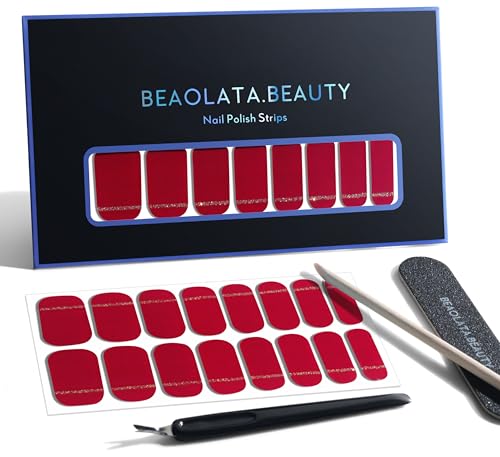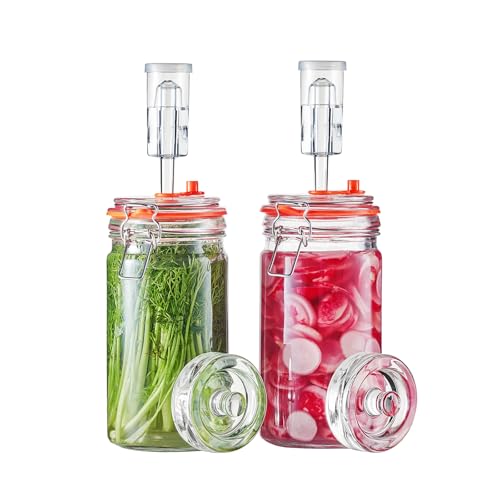stickman
Veteran Winemaker
- Joined
- Jun 16, 2014
- Messages
- 1,930
- Reaction score
- 2,248
For the numbers people, here is a sample of some Paso wines and their stats, note that some of these wines have significant residual sugar probably to balance acidity, also probably sterile filtered.
A cab with 7.3 g/l residual sugar? I guess not all that surprising, but wow.
Many of these are also award winning wines.
Vintage 2016
Varietal Petite Sirah
Appellation Paso Robles
Harvest Date October 2016
Acid 6.30 g/L
pH 3.55
Bottling Date March 2019
Residual Sugar 3.00 g/L
Alcohol % 14.7
Vintage 2012
Varietal Cabernet Sauvignon
Appellation Paso Robles
pH 3.7
Bottling Date October 2014
Residual Sugar 7.30 g/L
Alcohol % 14.1
Vintage 2017
Varietal Malbec
Appellation Paso Robles
pH 3.8
Acid 5.8 g/l
Bottling Date April 2019
Residual Sugar 1.9 g/L
Alcohol % 14.7
Vintage 2016
Varietal Syrah/Viognier
Appellation Paso Robles
pH 3.77
Acid 5.9 g/l
Bottling Date April 2019
Residual Sugar 5.0 g/L
Alcohol % 13.6
Vintage 2016
Varietal Cabernet Sauvignon
Appellation Paso Robles
Harvest Date September 2016
Acid 6.60 g/L
pH 3.55
Bottling Date September 2018
Residual Sugar 5.00 g/L
Alcohol % 14.9
Wine Enthusiast 93, DOUBLE GOLD - San Francisco Chronicle Wine Competition • GOLD - San Francisco International Wine Competition
Vintage 2015
Varietal Merlot
Appellation Paso Robles
Harvest Date September 2015
Acid 6.70 g/L
pH 3.49
Bottling Date March 2018
Residual Sugar 3.00 g/L
Alcohol % 14.5
Gold – Denver International Wine Competition Awards
Vintage 2015
Varietal Cabernet Sauvignon
Appellation Paso Robles
Harvest Date October 2015
Acid 6.20 g/L
pH 3.59
Bottling Date March 2018
Residual Sugar 2.70 g/L
Alcohol % 13.5
Release 2016
Varietal Cabernet Sauvignon
Appellation Paso Robles
Harvest Date October 2012
Acid 6.6g/L
pH 3.73
Bottling Date June 2015
Residual Sugar 6.4g/L
Alcohol % 14.6
PLATINUM + 94 Points – Somm Challenge: Int.
Denver International Wine Competition • DOUBLE GOLD - Indy International Wine Competition • GOLD + 91 Points - Central Coast Wine Competition • GOLD + 90 Points - San Francisco International Wine Competition • 92 Points - Vinous
Vintage 2012
Varietal Petit Verdot
Appellation Paso Robles
Harvest Date November 2012
Acid 6.3g/L
pH 3.69
Bottling Date July 2016
Residual Sugar 2.6g/L
Alcohol % 14.3
Vintage 2013
Varietal Merlot
Appellation Paso Robles
Harvest Date October 2013
Acid 6.3g/L
pH 3.41
Bottling Date December 2015
Residual Sugar 6.9g/L
Alcohol % 14.5
International Wine Competition • GOLD + 91pts San Diego International Wine and Spirits Challenge
A cab with 7.3 g/l residual sugar? I guess not all that surprising, but wow.
Many of these are also award winning wines.
Vintage 2016
Varietal Petite Sirah
Appellation Paso Robles
Harvest Date October 2016
Acid 6.30 g/L
pH 3.55
Bottling Date March 2019
Residual Sugar 3.00 g/L
Alcohol % 14.7
Vintage 2012
Varietal Cabernet Sauvignon
Appellation Paso Robles
pH 3.7
Bottling Date October 2014
Residual Sugar 7.30 g/L
Alcohol % 14.1
Vintage 2017
Varietal Malbec
Appellation Paso Robles
pH 3.8
Acid 5.8 g/l
Bottling Date April 2019
Residual Sugar 1.9 g/L
Alcohol % 14.7
Vintage 2016
Varietal Syrah/Viognier
Appellation Paso Robles
pH 3.77
Acid 5.9 g/l
Bottling Date April 2019
Residual Sugar 5.0 g/L
Alcohol % 13.6
Vintage 2016
Varietal Cabernet Sauvignon
Appellation Paso Robles
Harvest Date September 2016
Acid 6.60 g/L
pH 3.55
Bottling Date September 2018
Residual Sugar 5.00 g/L
Alcohol % 14.9
Wine Enthusiast 93, DOUBLE GOLD - San Francisco Chronicle Wine Competition • GOLD - San Francisco International Wine Competition
Vintage 2015
Varietal Merlot
Appellation Paso Robles
Harvest Date September 2015
Acid 6.70 g/L
pH 3.49
Bottling Date March 2018
Residual Sugar 3.00 g/L
Alcohol % 14.5
Gold – Denver International Wine Competition Awards
Vintage 2015
Varietal Cabernet Sauvignon
Appellation Paso Robles
Harvest Date October 2015
Acid 6.20 g/L
pH 3.59
Bottling Date March 2018
Residual Sugar 2.70 g/L
Alcohol % 13.5
Release 2016
Varietal Cabernet Sauvignon
Appellation Paso Robles
Harvest Date October 2012
Acid 6.6g/L
pH 3.73
Bottling Date June 2015
Residual Sugar 6.4g/L
Alcohol % 14.6
PLATINUM + 94 Points – Somm Challenge: Int.
Denver International Wine Competition • DOUBLE GOLD - Indy International Wine Competition • GOLD + 91 Points - Central Coast Wine Competition • GOLD + 90 Points - San Francisco International Wine Competition • 92 Points - Vinous
Vintage 2012
Varietal Petit Verdot
Appellation Paso Robles
Harvest Date November 2012
Acid 6.3g/L
pH 3.69
Bottling Date July 2016
Residual Sugar 2.6g/L
Alcohol % 14.3
Vintage 2013
Varietal Merlot
Appellation Paso Robles
Harvest Date October 2013
Acid 6.3g/L
pH 3.41
Bottling Date December 2015
Residual Sugar 6.9g/L
Alcohol % 14.5
International Wine Competition • GOLD + 91pts San Diego International Wine and Spirits Challenge
Last edited:





































![[Upgraded] 9Pcs Tree Root Growing Box with Drain Holes, Half Transparent Plant Rooting Propagation Ball & Metal Core Twist Ties, for Fast Propagation Plants (Size M)](https://m.media-amazon.com/images/I/514MWQxtWOL._SL500_.jpg)















